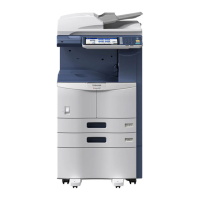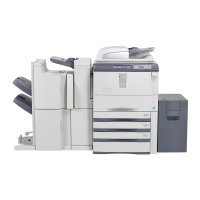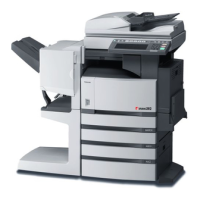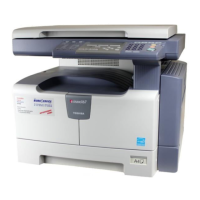




Do you have a question about the Toshiba e-STUDIO 720 and is the answer not in the manual?
| Functions | Print, Copy, Scan, Fax |
|---|---|
| Print Speed (A4/Black) | 72 ppm |
| Max Resolution (B&W) | 1200 x 1200 dpi |
| First Print Out Time (B&W) | 3.5 seconds |
| Original Size | A3 |
| Max Paper Size | A3 |
| ADF Capacity | 100 sheets |
| Duplex Printing | Yes |
| Scanner Resolution | 600 x 600 dpi |
| Copy Speed (A4) | 72 cpm |
| Copy Resolution | 600 x 600 dpi |
| Fax Speed | 33.6 Kbps |
| Fax Resolution | 200 x 200 dpi |
| Connectivity | USB, Ethernet |
| Scanner Type | Flatbed, ADF |
| Monthly Duty Cycle | 300, 000 pages |











